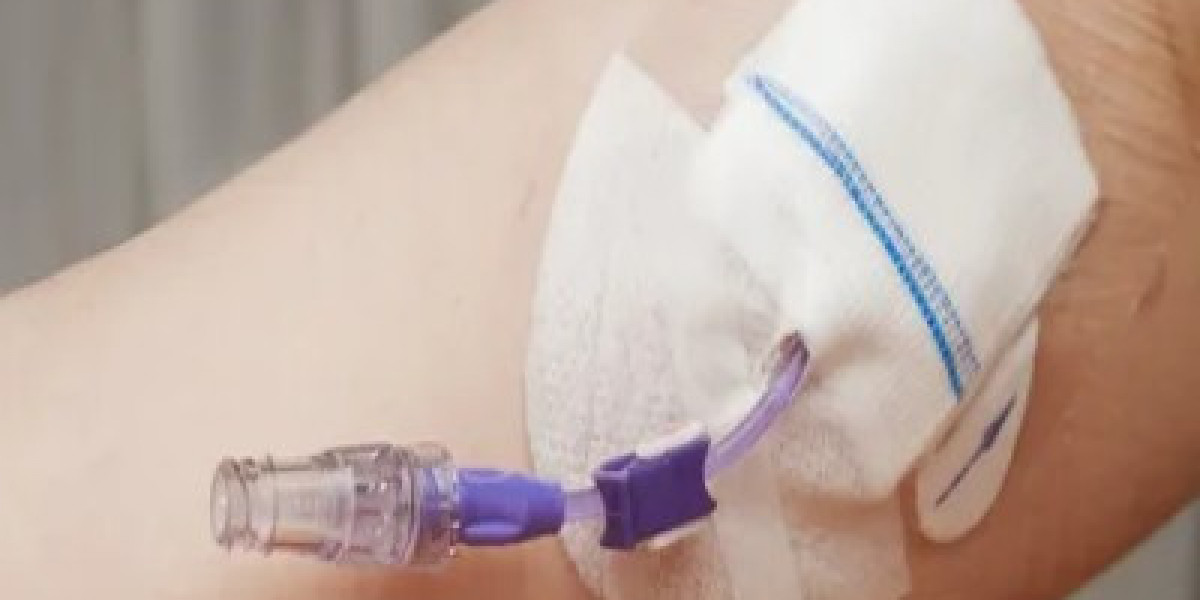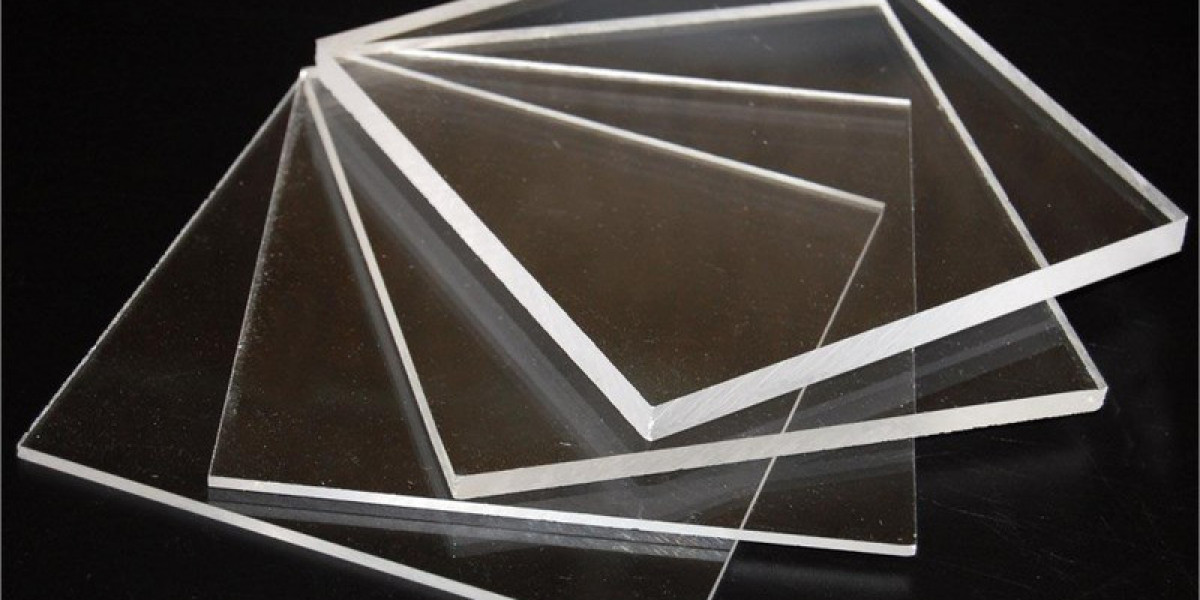A peripherally inserted central catheter, also known as a PICC, is a long, thin, flexible tube that is inserted through a small skin area, usually in the lower arm, and then advanced up into one of the large veins (basilic, brachial, or cephalic vein) and into a large vein near the heart (superior vena cava). PICCs are commonly used to provide long-term intravenous access for medications, blood transfusions, chemotherapy, or feeding formula/nutrition called total parenteral nutrition (TPN).
Types of PICCs
There are a few different types of PICCs available:
- Single-Lumen PICCs: Peripherally Inserted Central Catheters have one tube or lumen that allows one medication or intravenous fluid to be given at a time. Single-lumen PICCs are most commonly used.
- Double-Lumen PICCs: As the name suggests, these PICCs have two separate tubes or lumens, allowing two medications or IV fluids to be given simultaneously through different lumens.
- Power PICCs: These specialized PICCs have a small bulb at the tip that can be inflated to help anchor the catheter in place. The bulb is deflated during insertion and inflated once the catheter is in the proper position.
- Antimicrobial PICCs: Made with an antimicrobial coating, these catheters are associated with a lower risk of infection compared to standard PICCs. The coating helps prevent microorganisms from adhering to the catheter surface.
Placement and Procedure
PICC placement is usually performed in the hospital or clinic by a specially trained healthcare provider, such as a doctor, nurse practitioner or physician assistant. The patient lies with their arm stretched out on an armboard. The skin is cleaned and sterilized, then numbing medication is injected into the skin and under the surface. Using ultrasound or anatomical landmarks as guidance, the provider inserts a small introducer needle through the skin and into the selected vein.
A soft, flexible guidewire is then passed through the needle into the vein. The needle is withdrawn, leaving the guidewire in place. A small catheter is passed over the guidewire and guided through the vein until the tip reaches the superior vena cava near the right side of the heart. The guidewire is then removed. Placement typically takes 30-60 minutes to complete.
Benefits of PICCs
There are several advantages to using a PICC line rather than other central venous access devices:
- Ease of Placement: PICCs can usually be inserted at the bedside or in an outpatient clinic without the need for a surgical procedure or fluoroscopy. This makes them more convenient than other central lines that require an operating or catheterization lab.
- Comfort: Since the catheter enters through the arm rather than the chest or neck, PICCs cause minimal disruption to daily activities. Patients can shower and bathe normally.
- Lower Risk of complications: When compared to other central lines like Hickman or Broviac catheters, PICCs have a lower risk of complications like infection, blood clots, and pneumothorax since the insertion site is farther from the heart.
- Long-term use: PICCs can remain in place for several weeks or months to provide consistent, continuous access for medications, blood draws, TPN, etc. This eliminates the need for repeated peripheral IV placements.
Care and Maintenance
Proper care is required to keep a PICC line functioning properly and prevent complications. Some best practices for PICC line care and maintenance include:
- Dressing changes: The dressing over the insertion site should be checked daily and changed if soiled, damp, or loose. Antibiotic ointment may be applied.
- Flushing: The catheter must be gently flushed with saline solution on a regular schedule, as directed by the healthcare provider, to prevent clots from forming.
- Blood draws: When obtaining blood samples, use a new syringe each time and always scrub the port with antiseptic first.
- Baths: The insertion site should be covered with a waterproof sterile dressing for showers and baths. Submerging the catheter port under water is prohibited.
- Activity/Movement: Strenuous activity and movements that could cause the catheter to catch, pull, or be yanked should be avoided until securely healed.
- Dressings for sports/exercise: Special waterproof dressings are available for very active patients needing a secure, protective cover.
- Infection prevention: Handwashing, cleaning the port access before usage, and checking for inflammation or drainage from the site helps prevent infections.
Common Complications
As with any medical device in the body, there are potential risks and complications with PICCs, which include:
- Infection: Bacteria can enter through the skin insertion site, catheter hub, or from contaminated infusions/tubing leading to a local or bloodstream infection. Signs include fever, redness, or pus.
- Phlebitis: Vein inflammation next to the catheter due to mechanical or chemical irritation. Causes pain, redness, swelling. Usually mild but catheter may need to be removed if severe.
- Thrombosis: A blood clot can form on the catheter which may detach and travel to the lungs (pulmonary embolism), causing chest pain or difficulty breathing.
- Catheter occlusion: The lumen of the catheter becomes blocked, usually due to blood clots or precipitated medication particles which prevent fluids or medications from infusing. May require catheter replacement.
- Catheter migration: Over time and body movement, the catheter can gradually work its way out of the optimal position in the vein and need repositioning. Sometimes requires catheter replacement.
- Piercing of the vein or heart: Rare complication as insertion is typically guided carefully with ultrasound, but a potential risk if improper technique used or anatomy challenging. Requires surgical intervention.
Get This Report in Japanese Language: 末梢挿入型中心静脈カテーテル
Get This Report in Korean Language: 말초 삽입 중앙 카테터
About Author:
Ravina Pandya, Content Writer, has a strong foothold in the market research industry. She specializes in writing well-researched articles from different industries, including food and beverages, information and technology, healthcare, chemical and materials, etc. (https://www.linkedin.com/in/ravina-pandya-1a3984191)










